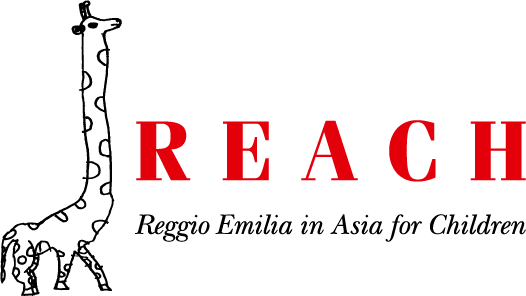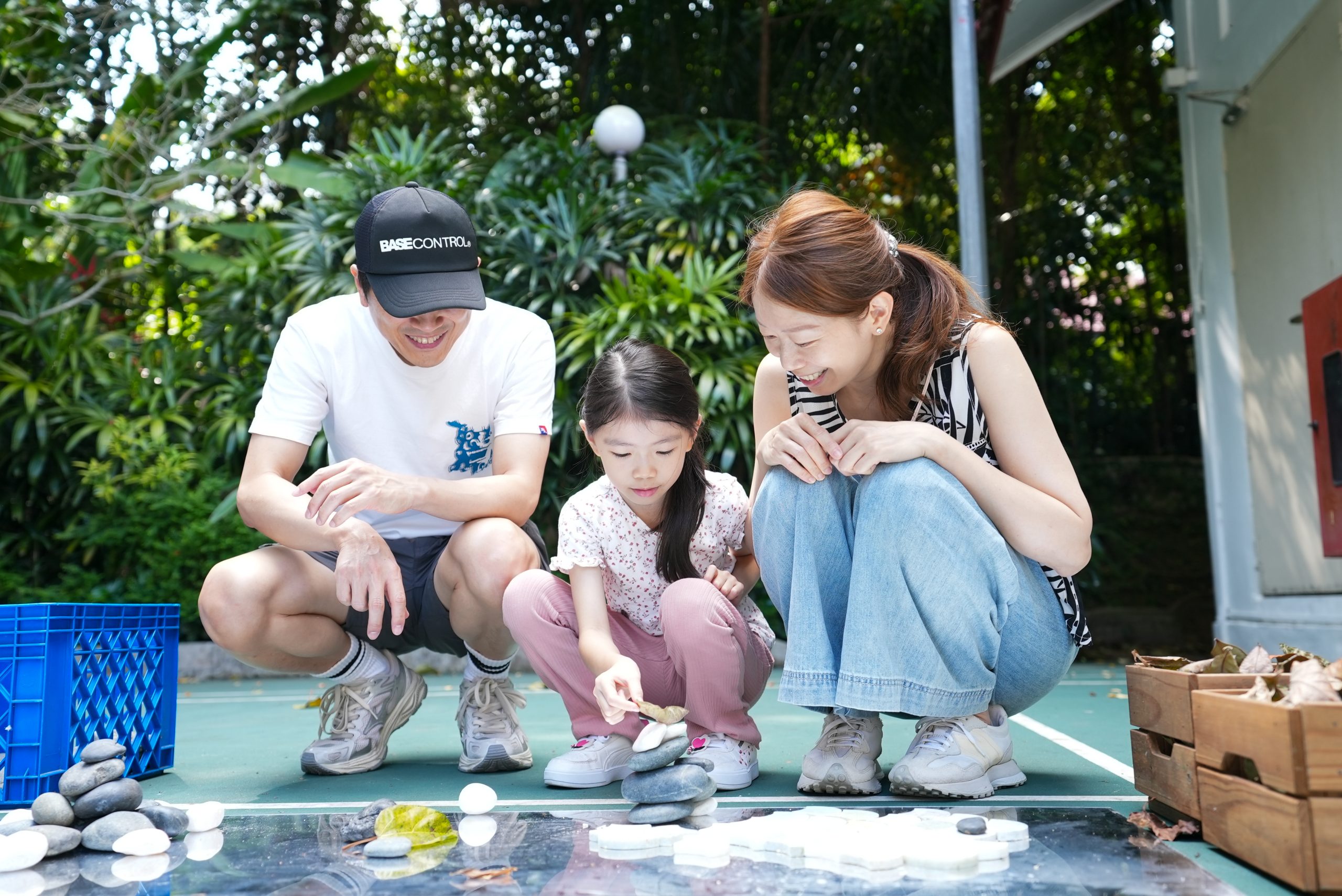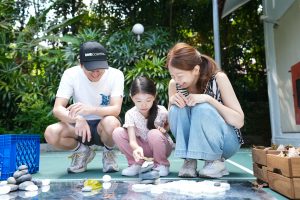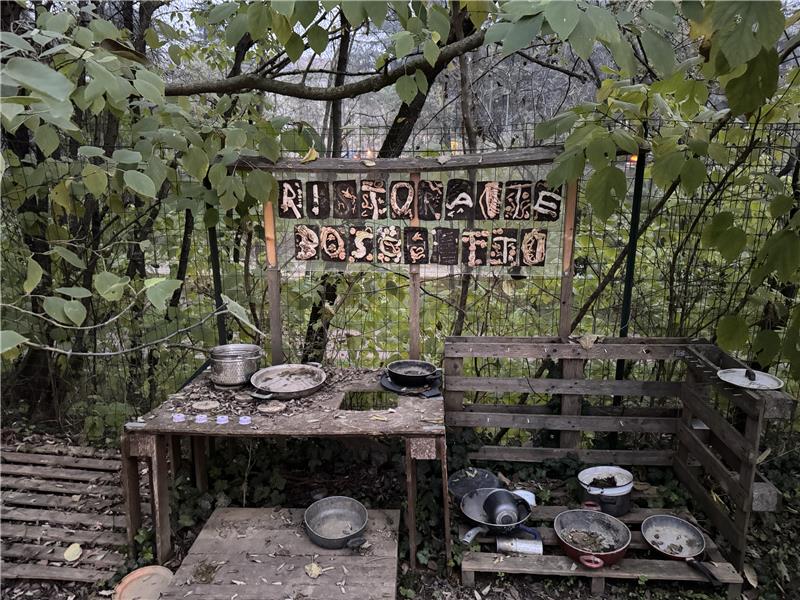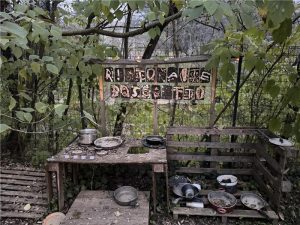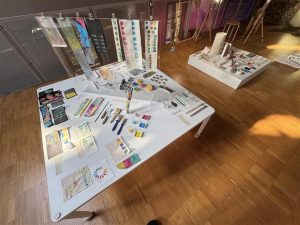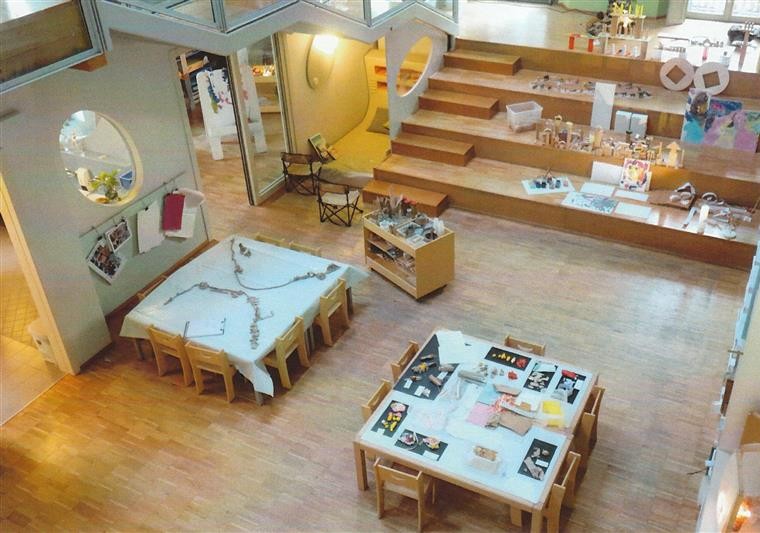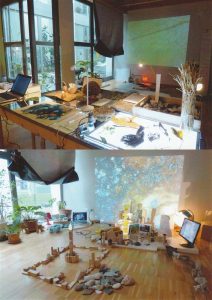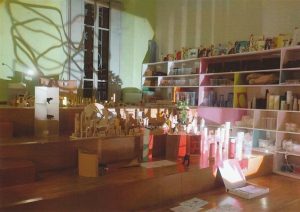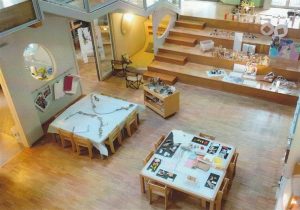Reflecting on the study trip to the Loris Malaguzzi Centre in Reggio Emilia, Italy, has led to a significant transformation in my views on environments for young children. The Centre and the pre-schools we visited exemplify Malaguzzi’s vision, embracing a philosophy that sees children as capable, resourceful, and active participants in their learning journey.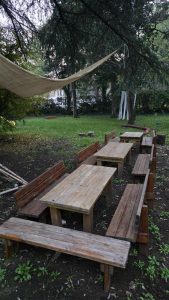
The concept of the “hundred languages of children” resonated profoundly, emphasizing the value of various forms of expression and learning beyond traditional education approach. The significant impact of long-term, inquiry-based learning was clearly visible in the children’s intricate projects, which were carefully planned and facilitated to align with their interests and questions. The atelier, a space for exploration and experimentation with different materials, showcased how creative expression promotes critical thinking and problem-solving skills.
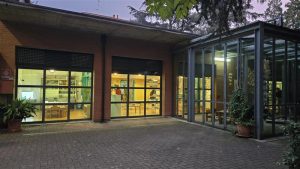
The focus on documentation, not merely as a record but as a means for reflection and dialogue, was especially striking. The thoughtfully displayed project documentation-featuring photographs, documentations, and children’s artwork— revealed the depth of their learning processes and the educators’ insightful observations.
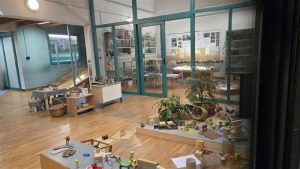
The collaborative spirit among educators, children, and families was evident throughout the pre-schools. Its environment, designed to encourage interaction and communication, reflected a community committed to nurturing children’s potential. This experience has deepened my appreciation for the importance of creating learning environments that are responsive, stimulating, and respectful of children’s natural curiosity and creativity. The Reggio Emilia Approach should not be seen as a method to replicate. but rather as an inspiration to foster a culture of listening, observation. and respect for children’s interests and abilities.
Reflection by:
Cathy Chew
Senior Centre Leader
E-Bridge Pre-School
